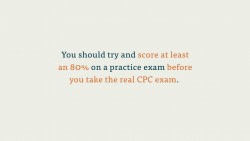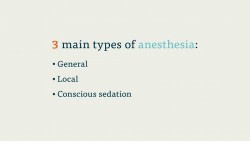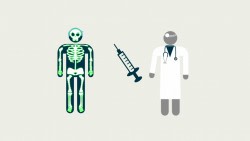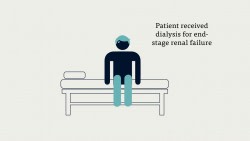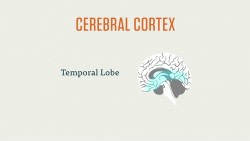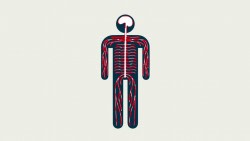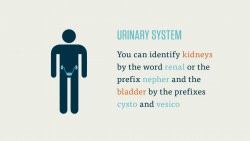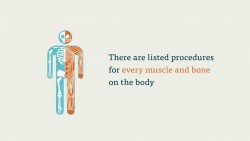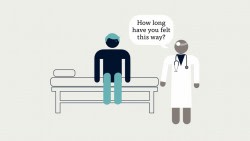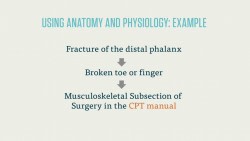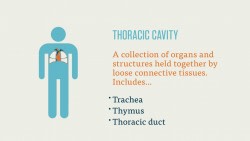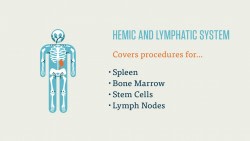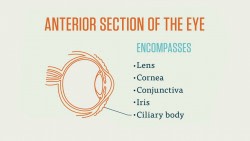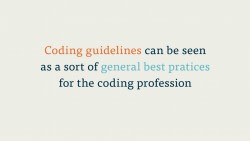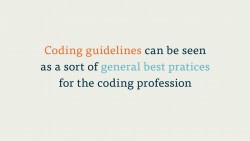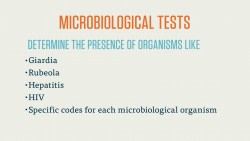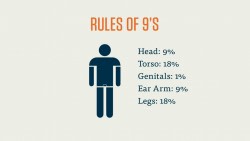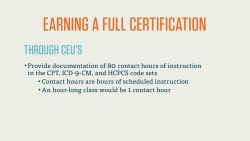The other major subsection in the 30,000 series is the cardiovascular system. As we mentioned in the previous course, around ten of the 150 questions on the CPC exam will focus on the 30,000 series of CPT codes. Only two or three of those questions will focus on the respiratory system, meaning the majority will focus on cardiovascular.
Surgical codes for the cardiovascular system are found in the numerical range 33010 – 37799, toward the front of the Surgery section.
The human body is laced with veins and arteries, which effectively mirror each other. Diagrams for the systems of veins and arteries are available at the front of the cardiovascular subsection, along with guidelines. The most important veins in the body are the two venae cavae (singular: vena cava), which returns blood to the heart (via the right ventricle). The most important artery is the aorta, which along the body’s trunk.
The first section of codes in the cardiovascular subsections concerns the heart. There are a variety of procedures related to the heart, but you should pay special attention to the codes on pacemakers or pacing cardioverter-defibrilators.
Recommended Online Programs
Note that these two devices are not the same. A pacemaker includes a battery pack that runs current to the heart via electrodes. The placement of these electrodes (such as epicardial, on top of the heart), is important both for the coding and the eventual billing of the procedure.
A pacing cardioverter-defibrilator performs a similar function to a pacemaker, but requires a distinct set of codes. For pacemakers and cardioverters, there are separate codes for which part of the heart the electrodes attach to, in addition to how the pacemaker is inserted, where it’s placed, and how the electrodes are placed on to the heart (e.g. transvenously, or via thoracotomy).
Let’s move on to coronary artery bypass grafts (CABGs). Codes for these procedures are found after codes for the heart. A CABG is essentially a re-routing of blood to avoid a blocked or congested area. It’s typically done with venous material. You may have heard of triple- or quadruple-bypasses. In cases of these procedures, the “triple” refers to the number of grafts used in the procedure.
There is, as you might imagine, a wide variety of CABGs. Some are performed with venous material only, while others use arterial grafts, or some combination of the two. Know this section for the exam.
As the cardiovascular codes go up, the procedures move further away from the heart. You’ll find codes for arterial grafts, transluminal angioplasties (widening of blockages via balloons), aneurysm repair, and more.
In order to prepare for the cardiovascular section of the CPC exam, it’s important to review the anatomy of the heart and know the terms for the major cardiovascular throughways in the body. That means you should know your vena cava from your carotid artery, in other words.
Since the cardiovascular section contains a lot of specific terminology and procedures, and since there are a number of code-specific guidelines for each procedure, it’s well worth your time to study the section thoroughly.


